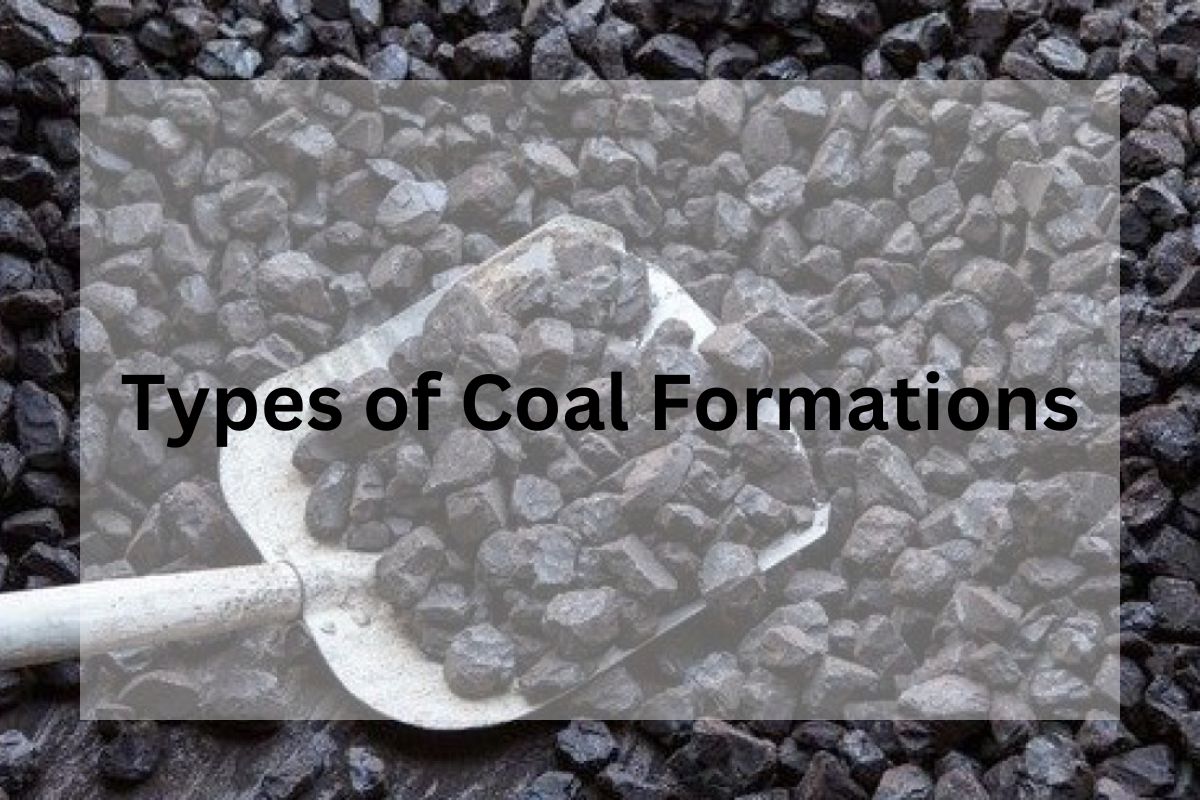We rely on various natural resources, including the air we breathe, the water we drink, coal, oil, LPG, sunlight, wind, and a host of others. Some of the resources mentioned above run out after being used, while others are constantly available. However, you can have a better understanding of coal and petroleum with online tuition classes. There, tutors are well-experienced and clear the doubts of students very quickly. Let’s examine coal and petroleum, two examples of finite resources.
Know more about Coal
It is also utilised as a combustible fuel, and coal is a complex, blackish solid. Mostly carbon is present. Contrarily, petroleum is a viscous, dark liquid that, in some locations, can be discovered deep underground. This chapter of the NCERT answers for class 8 sciences for the CBSE and ICSE exams is one of the most important because both coal and petroleum are regarded as fossil fuels.
Coal formation
We shall travel back 300 million years to learn more about this. Our planet’s surface at the time was covered in dense woods in low-lying, moist regions. Volcanic eruptions, earthquakes, floods, etc. bury these woods.
Additionally, they were covered in dirt and other debris. The dead plants are transformed into the coal we use today by the extreme temperature, pressure, and lack of air.
What are the types of coal?
Lignite, peat, bituminous coal, graphite and anthracite are the four primary forms of coal grouped according to their carbon content.
Peat
Peat is said to be the forerunner to coal because it is created from decomposing plant matter. In some places, like Ireland and Finland, peat is a significant industrial fuel source. However, when dehydrated, peat can effectively absorb fuel and oil spills on land and in water.
Lignite
Lignite, often known as brown coal, is created when peat is compressed. Moreover, lignite is a low-grade, extremely volatile coal mainly utilised in power plants. It occasionally appears in European briquettes.
Bituminous/Sub Bituminous Coal
Bituminous coals, a dense, sedimentary rock that is often black but can occasionally be dark brown, are formed when lignite is compacted. These coals are extensively utilised in briquettes and power plants, industrial heat and power use, and coke production.
Anthracite
The top grade of ignitable coal is called anthracite. It is challenging, shiny, and black. As a naturally smokeless fuel, it is primarily utilised for space heating in homes and businesses. Anthracite, which has good heat production and lengthy burn periods, is the primary source of many produced fuels.
Graphite
The most advanced coal in terms of technological rating, graphite is difficult to ignite and is not frequently utilised as a fuel. Its powdered form is mainly used as a lubricant in pencils.
Furthermore, these are the types of coal formations. The class 8 science textbook includes this topic. Many students struggle to understand this topic and search for online tuition for class 8. However, parents are enrolling their students because they get daily progress reports from their children. Moreover, they are scoring good grades on their exams.

As the editor of the blog, She curate insightful content that sparks curiosity and fosters learning. With a passion for storytelling and a keen eye for detail, she strive to bring diverse perspectives and engaging narratives to readers, ensuring every piece informs, inspires, and enriches.










